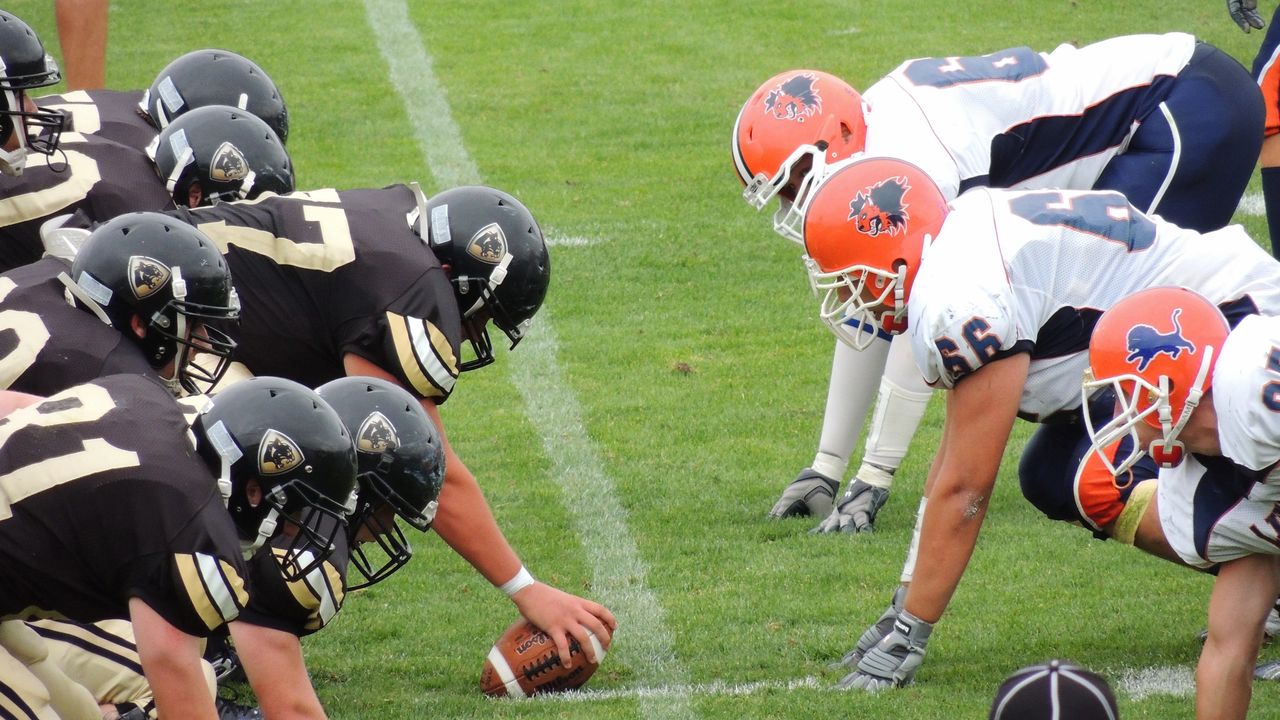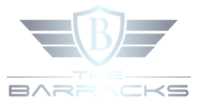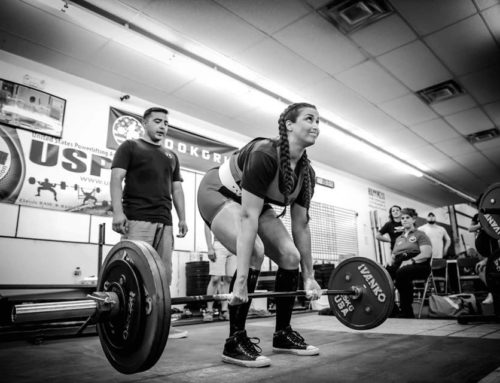
I’ve seen most all the schools training plans in the area geared to build mass & strength in the off-season as well as their in-season plans; sadly, none of these plans accomplish either with any measurable success. As my athletes hand me their off-season plan, they shrug their shoulders & roll their eyes because they know it’s a waste of time. Soon I am rolling my eyes as I read this hodge-podge, mish-mashed page of “Sport-Specific work” & an article straight out of a bodybuilder magazine. Look at your programming right now, I guarantee it has too many exercises overall, way too much isolation work, no emphasis on foundation work & lots & lots off conditioning.
So for the High School growing athlete, who still lacks the necessary foundation of strength and mass, I can’t think of a more backward approach to offseason training. Remember, the vast majority of these kids are not growing up on farms anymore, outside playing or doing manual labor all day with their dads. They are sedentary is a classroom and on average spend another 9 hours a day playing video games, T.V. or social media according to the latest research. Even the U.S. Military has changed & adapted boot camp training because kids are not showing up with the proper foundational strength needed. They discovered this 15+ years ago, and it’s about time that high school athletics got with the program.
I want to focus on a few of the big mistakes I see high school coaches & athletes make in their off-season training.
#1 Biggest Mistake: Copying Collegiate & Professional Programs
-Training written for these athletes is specifically for working with the absolute pinnacle pool of natural athletes and genetic freaks. The top 1%! There is a huge trend to try and replicate what is performed at the collegiate or professional ranks with high school athletes. This approach fails to recognize that the needs of a genetically average high school athlete are entirely different from the needs of a genetically gifted collegiate or pro-athlete. Sorry, but this is the reality. Even amongst your skilled athletes, you can’t train them like a pro; you need to train them the at the same level the pro was at that time in order to get there. For example, don’t copy Gronkowski’s current training, train like he did between his Junior/Senior year of high school or his break between H.S. & college. If you can do this you’re on the right track! As strength coaches, when we work with high schools or young athletes, our primary goal is to make them as strong as possible. Why? Size and strength are where we can affect the most change with our athletes. These qualities are highly trainable and severely lacking in most high school kids. Power is the foundation of all other athletic attributes. If you are not bringing these areas up to standard, you are selling your players short! My athletes live and die in the power rack; their verticals consistently go up, 40yrd run time improves, bat speed increases, lower injury rates, etc. By all means, if you want to waste your time chasing your tail having your basketball & volleyball teams doing plyometrics, box jumps & SAQ drills (speed, agility & quickness) knock yourself out….
However, understand this you will see a more significant increase of performance on the field/court if you take their horrible 205lbs-quarter squat to a 405lbs full squat.
#2 Biggest Mistake: Using Too Many Exercises
-At most you have an hour to work with your athletes in the weight room, sometimes because of bells, you may only have 50 min allotted. Stop giving them 8+ exercises in a small window of time, all that does is set up a half-assed workout. Scrap 70% of it and perform a compound movement in a heavy rep scheme with another compound movement to compliment the main movement. They will get more out of that than trying to perform 7 exercises and get it all in frantically. I typically see a workout that includes Cleans, Squats, Front Squats, a lunge variation, glute work, hamstring work, and at least a couple of abdominal movements. They are rushed through this training, minimal rest is taken between sets and yet the kid is expected to get stronger. Rest time between sets is seen as laziness. SPOILER ALERT, rest time between sets is necessary for maximal loads to be handled in good form; and maximal loads with correct form are required for strength to develop. Stick to the basics that yield the biggest results, they need to have weight on their backs, press weight away/overhead & pick stuff off the floor. Stop regurgitating myths like “deadlifts are bad for your back”; it’s an uneducated assumption. There is no more basic fundamental movement a human being can make than picking something up off the floor! You don’t need to teach them 87 variations of a lift. Your time is limited, let them master 4-6 movements of squats, presses & pulls. These are the movements that have the most carryover to sports, train the entire muscular-skeletal system of the athlete, and enables them to handle the most weight (they can recover from) on a regular basis. STOP doing so much “core” work, if they are squatting, doing standing pressing and deadlifting correctly they are getting enough “core” work.
#3 Biggest Mistake: Stop Trying to be “Sport Specific” in the Weight Room
Strength is not specific! Strength is a general alteration that can be applied to any specific activity. There is not football strength, baseball strength, basketball strength or volleyball strength. There is just strength. If you are strong, you can do many things better than if you are weak. Stronger athletes run faster, jump higher, throw harder, and change direction easier than weaker athletes. Moreover, that is true across all sports, both male & FEMALE. Girls’ activity in the weight room gets downplayed when it is just as important if not more for female athletes!
Sport-specific work requires a high level of subject matter expertise and usually leads to very poorly written and ineffective training protocols. Don’t get me wrong I write sport specific work for athletes, but only a very few of the 1% need sport specific work & it must be the right work at the right time to be effective. Perform exercises that lead to the greatest general strength adaptation for your goals.
#4 Biggest Mistake: Using Body Builder Workouts
I love BBing, it’s a great sport and an art form in a way, however, B.B.’s train for size through hypertrophy, not for increased force production but H.S. athletes are! I’m not getting into this, just know they are different forms and have vastly different end results of training. Hypertrophy does help bring up weak areas and aid in injury prevention, but it should NOT be the foundation of your program. I’m not a big fan of my athlete’s training the major core lifts (Squats, Presses, Deadlifts, etc.) in the higher rep ranges. There are two main reasons for this. One is force production. More weight on the bar demands the athlete produce more force, and lower reps per set allow more weight on the bar. Sets of 10 or 12 reps on the squat are no doubt hard and will produce some gains in size, but they lack any substantial force production component. The weights are frankly too minimal, and bar speed gets too slow to call this strength training.
The second reason is the controlling inflammation and severe Delayed Onset Muscle Soreness or DOMS. Some athletes Body Builders/Cross-Fitters, for example, seem to take pride in the amount of soreness a given workout can generate. However, muscle soreness is not a badge of honor. Any fool can create sore muscles, and it isn’t an indicator of progress. Very high rep training on compound exercises can produce profound levels of non-productive muscle soreness that bleeds over into all other activities they perform in a given week. Remember their not trying to be good at exercise, their trying to get stronger in the lifts that pay the most dividends on the court/field. Yes, you’re going to be sore at times, but it should not dictate your training plan!
Here is an example: Let’s say our athlete has a 1-rep maximum (1RM) of 300 pounds and used 60% of his 1RM for this workout, so 180-pounds for 3×15 or 45 total repetitions. This represents a total weight lifted of 8,100 lbs. Oh, and he’ll be sore for 4-5 days, so that’s it for squats this week.
L et’s say our second athlete also has a 1RM of 300 lbs. But instead, he used a smarter approach to athletic based strength training. Instead of performing all 45 reps at once with higher rep bodybuilding type training, we spread the workload out over a week. On Mon/Wed/Fri the athlete squats for 3 sets of 5 reps. On Monday, he will use 80% of his 1RM or 240 lbs. He’s able to leave the gym worked & tired, but relatively fresh and comes back on Wednesday. Also, on Wednesday he’s capable of 3x5x245 lbs. On Friday he Squats 3x5x250lbs. All a very reasonable goal for a novice athlete.
At the end of the week, the second lifter has squatted a total tonnage of 11,025 lbs. So who gets bigger? Who gets stronger? My money is on athlete #2.
It’s true, none of his squat sessions were as hard as the kid who squatted all out for 3 x15 reps on Monday. Hard isn’t the point. He squatted the same volume, with increased loads and his overall force production output was significantly higher.
#5 Biggest Mistake: Too Much Conditioning Work
Don’t get me wrong athletes need to be in shape, but how in shape do your athletes need to be? It’s dependent on the sport and time of year. Look you can’t keep them in peak conditioning and put mass/muscle on them at the same time. Their bodies can only recover from one thing at a time, and they don’t have 20 years of gpp under their belts. If you want to put 20-30lbs on them, stop running them 4xs a week! Their metabolisms are too fast, and most don’t eat as optimally as they should. Are your baseball players running 2 miles, why? Do you run your football players for 30 min a practice then yell at them cause they can’t put on weight? Your strength and conditioning programs should be timed and peak for the competition schedule, allowing them to recover and build strength in the offseason.
#6 Biggest Mistake: Not Teaching Proper Form
I get it you’re a sport coach, not a weight-lifting coach. I don’t know the technical intricacies of your job any more than you know mine. However, your athletes should be able to go near maximal weights safely with proper form. If nobody at the school can teach the technical aspects of the lifts please contact me, I would be more than happy to do a few free clinics. I would rather give up a few hours of my time to ensure they are progressing safely & not coming to me for rehab after the fact.
In closing, this is not a jab & my intent is not to take away or diminish any coach’s records or methods. I want all athletes in this area to succeed & have the best tools/methods at their disposal. I want this area to be known all over Missouri for producing exceptional athletes regardless of what school they go to. In the end, would you rather have a basketball team with above average verticals that can dominate the paint? A football team that’s faster & stronger than every other line; a baseball/softball team where athletes have strong legs & hips that can drive balls, steal bases & throw with force & purpose? A volleyball team that has arm power, can jump and controls the net? Or would you rather have a group of slow undersized kids that have a really good 2 mile run time but no ability to impose their will on the field/court?
-SB


